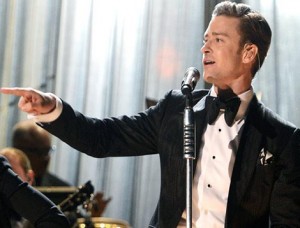Aintree aims for safer race
The Grand National on Saturday will feature several modifications, designed to increase safety whilst retaining the element of danger which is part of the Aintree spectacle.
Horse racing’s authorities know that the risk cannot be removed. But the deaths of two horses at last year’s Grand National, and more fatalities at this year’s Cheltenham Festival, have reinforced the role of welfare at racing’s high-profile events.
There will be three main areas of changes at this year’s Grand National. Many of the alterations will also apply to the other races run over the National fences.
Those in charge of British horse racing believe this will be the strongest field ever assembled to run the Grand National. In fact, many feel the alteration to entry requirements is by far the most significant change to the race.
In short, it is hoped better horses means less chance of fallers. To get on the starting line every runner must have been placed in the first four of a chase of three miles or more by 20 March, they must also have an official British Horseracing Authority (BHA) rating of 120 or above. Horses must be at least seven-years-old to compete.
In basic terms it means there will be more experienced horses, less likely to panic at the sight of a Grand National fence. That, at least, is the theory.
The fences
After analysing fallers at the Grand National in recent years, Aintree and the BHA decided that fences one, four and six (Becher’s Brook) were the most difficult to jump.
Over half of the falls happen at these fences, well inside the first two minutes of the race. Changes have been made in this part of the course, but the fences will not look radically different.
The area where horses land after Becher’s Brook has been levelled out, and similar work has been done after the first fence. But only the fourth fence has actually been lowered, and that by just two inches to 4ft 10ins
Even if the weather is likely to be cooler than 12 months ago, the authorities are extremely keen to avoid the chaotic scenes which followed last year’s race.
On an unusually hot day, many of the horses were in urgent need of cooling, yet television pictures showed buckets of water being flung in a seemingly haphazard way.
This year at Aintree there is a new cooling down area just off the track which horses can use before being led back to the parade ring.
As well as water, there will be fans. It is a system which has been used in equestrianism, and is aimed at reducing the horse’s body temperature more effectively.
There is also a new acceptance that horses should be spared the stress of posing for photographs in a crowded parade ring after the unprecedented exertion of the Grand National.
In general the authorities recognise their challenge is not simply to make changes, but to explain the procedures more clearly.
The hope is to present the Grand National as a thrilling spectacle British racing can be proud of, rather than a welfare problem to be ashamed of.






